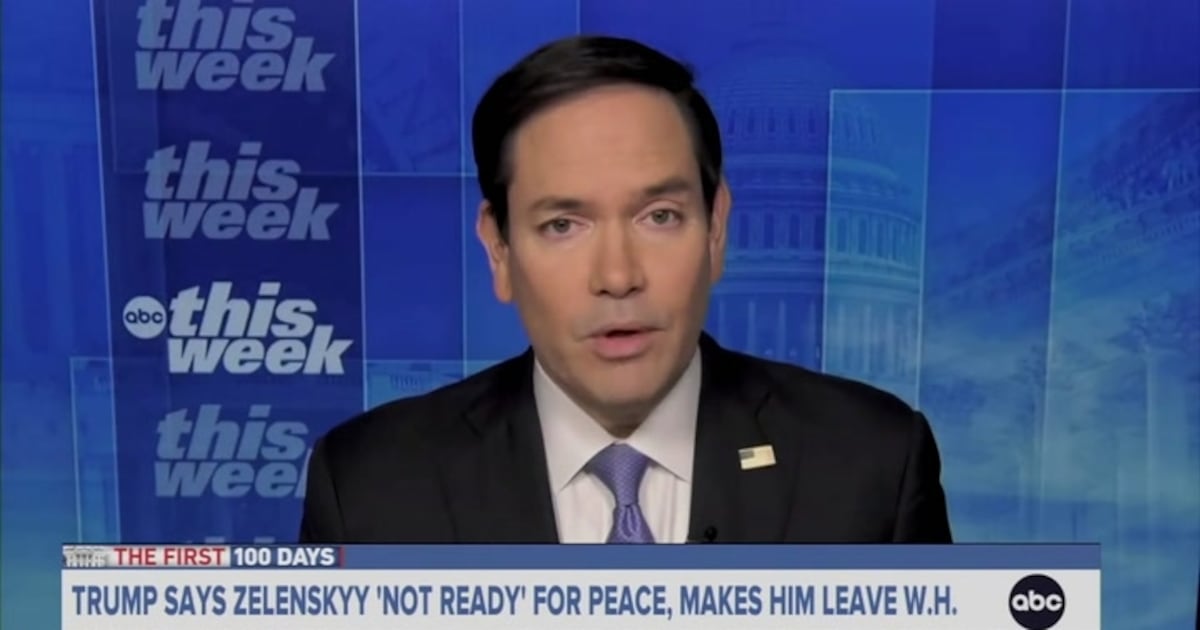Maybe it was the extra cackle when Andrew Cuomo told me he doesn’t read Glamour.
Or maybe when he said luring the well-regarded MTA chairman back into the transit post required that he “tugged” on parts of his anatomy.
Or maybe it’s all the gratuitous political noogies he unleashes on Mayor de Blasio—but add it all up, and people are starting to think that maybe Andrew Cuomo is so rattled by Cynthia Nixon that it could cost him this whole governor thing.
“Everything just sort of seems off,” agreed Christina Greer, a professor of political science at Fordham who is now a McSilver Institute fellow at NYU. “In the one-month rollout since Cynthia Nixon, there just seems to be so many rookie mistakes from Cuomo and his camp,” which she noted is even more striking given that Andrew has been involved in politics “since he was 17” and his father Mario was running for governor.
Here’s a recap of the backstory along with requisite caveats and only-in-New York explanations: Less than a year after alternating roles with Laura Linney in Lillian Hellman’s The Little Foxes, Nixon, who is also a longtime education activist, is poised to get the Working Families Party (WFP) line—and is seen as a credible, if long-shot contender for the Democratic line.
The primary is Thursday, Sept. 13; four years ago college professor Zephyr Teachout got 34 percent of the vote. A recent analysis finds if turnout is similarly low and Nixon replicates Teachout’s share, she’d only need to peel away 75,000 votes from the governor.
Our state politics is often a dreary affair—embodied by the dark labyrinth that is the state capitol in Albany. Cuomo isn’t unpopular among Democrats but Cynthia Nixon is breathing newness into what’s been an endless winter. It’s not just her celebrity, but also her ability to disparage the governor without losing the twinkle in her eye.
Add in Cuomo’s woundedness, and you think maybe she has a shot, especially when she is directing angry progressives to channel pent-up hunger into toppling Cuomo, whom she says is cut from the same cloth as Donald Trump’s oversized overcoat.
And then.
There are a number of reasons why a Governor Nixon—or even Democratic nominee Nixon—is hard to see. (Though I think New Yorkers and lovers of democracy everywhere should cheer her simply being in the race, because democracy demands choices.)
First of all, is Cuomo really Trump? Her team says yes, because of their supposedly shared support for “massive tax breaks to corporations and the super rich”—a claim the indispensable Politifact labels “mostly false.” Apart from XY chromosomes and a Queens accent, the Trump-Cuomo linkage seems to be campaign hyperbole. Cuomo is by New York standards temperamentally a fiscally moderate and socially moderate-to-liberal Democrat who more than anything is moved by his adept reading of prevailing political winds.
There are more reasons why she is a long shot. Teachout had advantages four years ago that Cuomo has rectified (banning fracking and reaching a detente with teachers’ unions, for instance). Cuomo also has all the advantages of incumbency—and in recent weeks has cheered many on the left by, among other things, reuniting state Senate Democrats and restoring voting rights to parolees.
“Cynthia Nixon is going to have Andrew Cuomo wearing a Black Lives Matter hoodie in a couple of weeks,” Greer jokes, echoing a punchline from New York political circles recently.
At the same time, despite deep pockets of liberals, New York’s Democratic primary is not as uniform as some may think, as longtime Democratic consultant Bruce Gyory notes. Nor is corruption seen as a major voting catalyst. (Cuomo isn’t facing charges, but a top aide was recently convicted, and another high-ranking state official soon faces trial).
And the governor’s got $30 million in campaign cash to spend—plus the support of the get-out-the vote troops in the state party and supportive unions. (We don’t yet know how much Nixon has raised.)
There’s also the fear factor. Wow, this governor scares—or tries to scare—people.
Stung by the WFP’s support of his rival, Cuomo’s campaign cajoled unions to bolt the party, denying the WFP a major revenue source. Then, he mused that community groups who back Nixon—some of whom help undocumented immigrants or people facing eviction—can “lose my number,” according to reporting from my NY1 colleague Zack Fink.
Asked if he was punishing them, Cuomo replied: “I am not going to punish—it has nothing to do with me. Punishment is for God.”
Good heavens.
Where this could get really nasty is at the state Democratic convention next month, where the party will officially endorse Cuomo (Nixon can get on the ballot for September’s primary in other ways). Even though he has a challenger, Cuomo controls the state party. It’s the kind of cozy arrangement we saw two years ago nationally that prompted Bernie Sanders supporters to decry the Democratic apparatus as rigged—jeering at Hillary Clinton’s convention in Philadelphia.
Since then, progressives have amped up their attempt to remold the party from within, including internally in New York. It likely won’t be enough to deprive Cuomo of requisite support, but watch for steam coming out of his ears if there are boos and catcalls at his fiesta. California Sen. Dianne Feinstein’s failure in February to crack 40 percent of party faithful in California is an extreme, if unlikely, example of what could befall Cuomo.
Cuomo’s team knows it may not be pretty.
“There’s always chaos and shenanigans at conventions, so I expect nothing less from my Democrats come convention time,” said Jefrey Pollock, Cuomo’s pollster.
Pollock, who has been advising Democrats locally and nationally for years, argues that in this chaotic Trump era, Democrats are hungry for experience—“steady hands.” Then, in an interview, he echoed a controversial talking point about Cuomo being akin to progressive hero Bernie Sanders.
He noted Sanders has “been in Washington for a long time.”
“When you think about Bernie Sanders as a candidate—even though he was an outsider rhetorically he had decades of government experience,” Pollock told me. “People who were excited about him also saw that he had the capacity to be a steady hand in government because he knew government.”
A few days earlier, Cuomo’s spokeswoman said the senator and Cuomo (who have appeared together) are in “lock step,” prompting Ari Rabin-Havt, senior adviser to the senator, to tweet: “The idea that Andrew Cuomo and Bernie Sanders are lock step on policy is 100% Grade A American bullshit.”
Sanders isn’t expected to endorse in the primary, but that isn’t stopping Nixon from offering herself to his supporters.
“Voters want an authentic candidate and in a Democratic primary, they want someone who is authentically progressive. Andrew Cuomo is not,” senior adviser Rebecca Katz told me.
Nixon is enjoying a month of flattering, and shallow, national media attention; voters should soon demand she specifically outline the tradeoffs and politicking required to fulfill her ambitious agenda.
In the meantime, fitfully, and, frankly weirdly, Cuomo is adjusting—warning a split party increases chances of a Republican governor, and tacking left to deny her political oxygen. Nixon’s candidacy also seems to be unleashing (or coinciding with) action elsewhere: Thursday Sen. Charles Schumer announced he wanted to decriminalize marijuana—even signing a bong.
Nixon is no doubt pleased at her quick effect—but she’s after the top job. And while her background is an unusual springboard for statewide office, she could look across the aisle, and country, for inspiration: Ronald Reagan had a far less celebrated acting career before he unseated an incumbent governor seeking a third term in California. That was in 1966, a few months after Cynthia Nixon was born.






